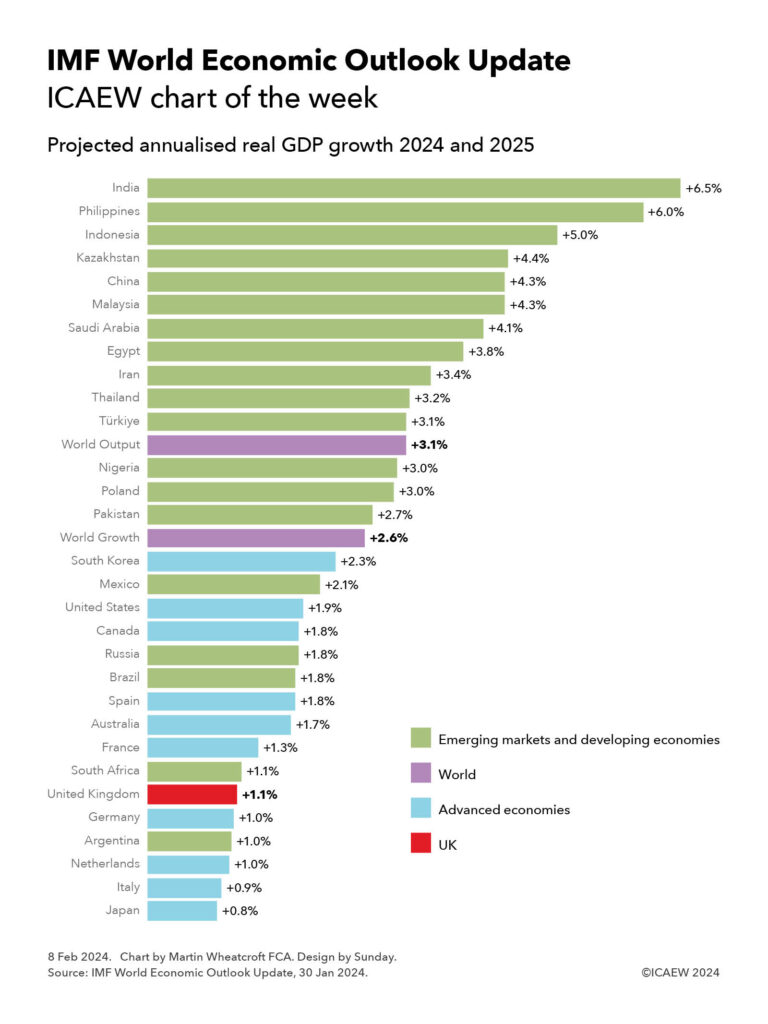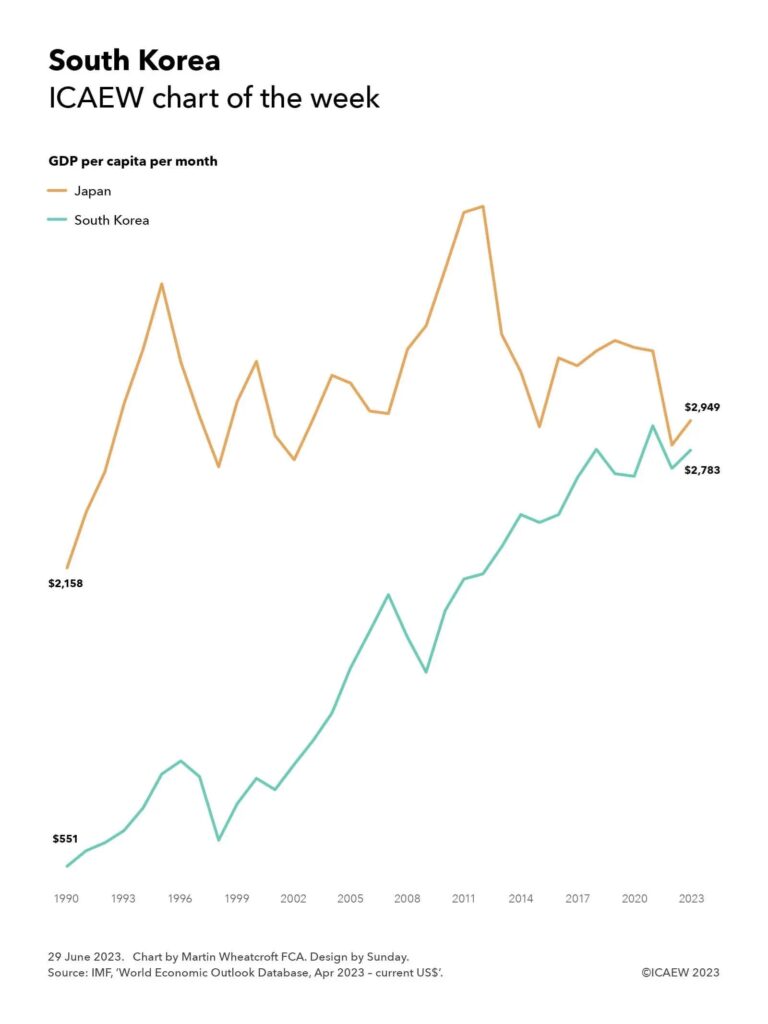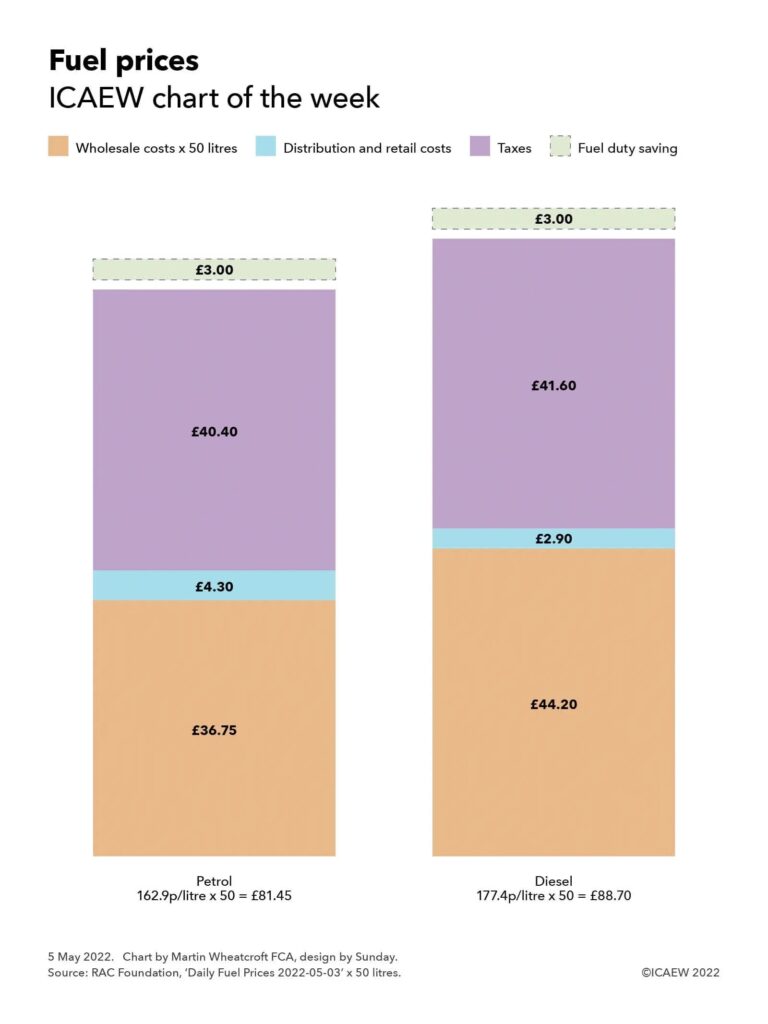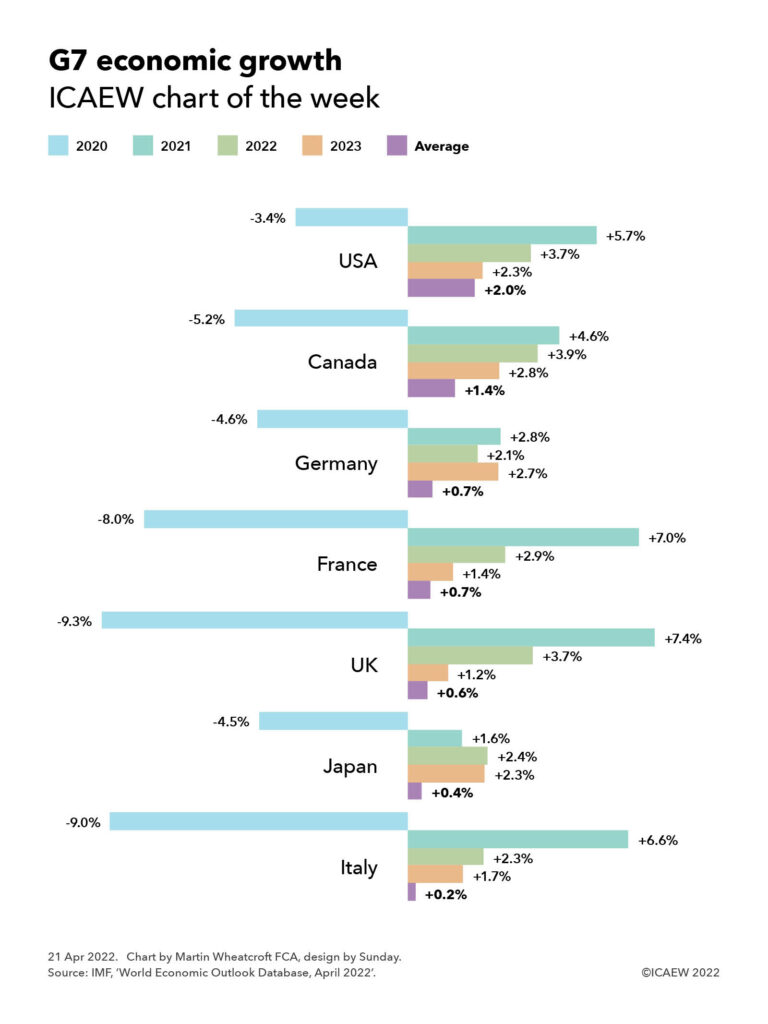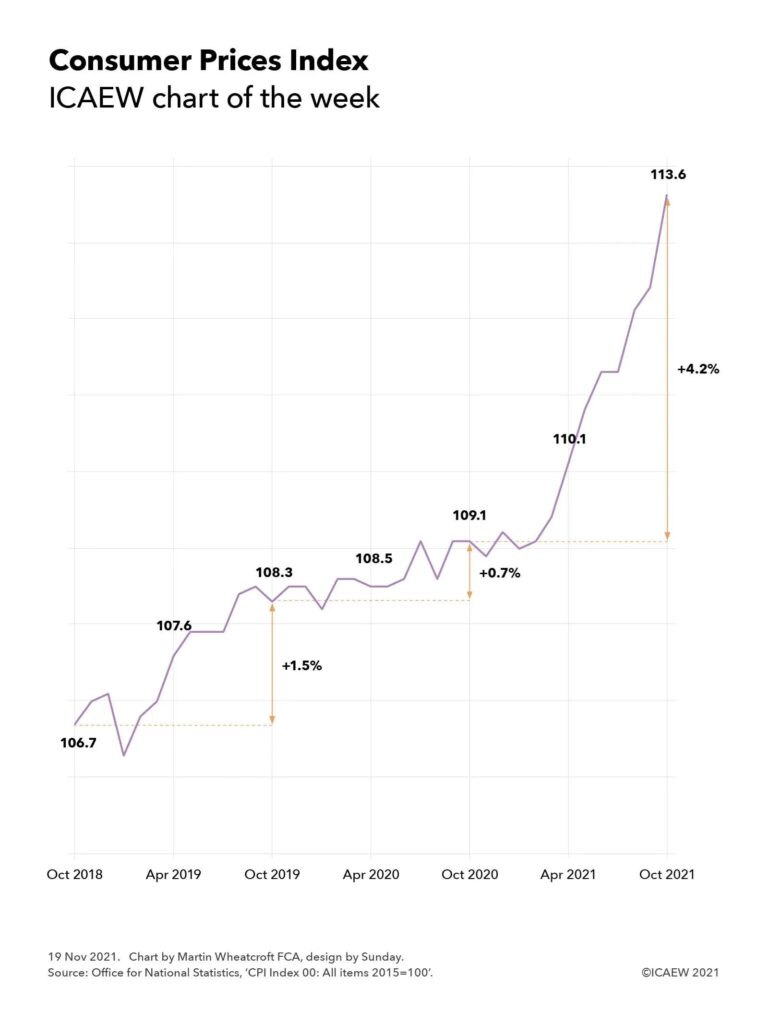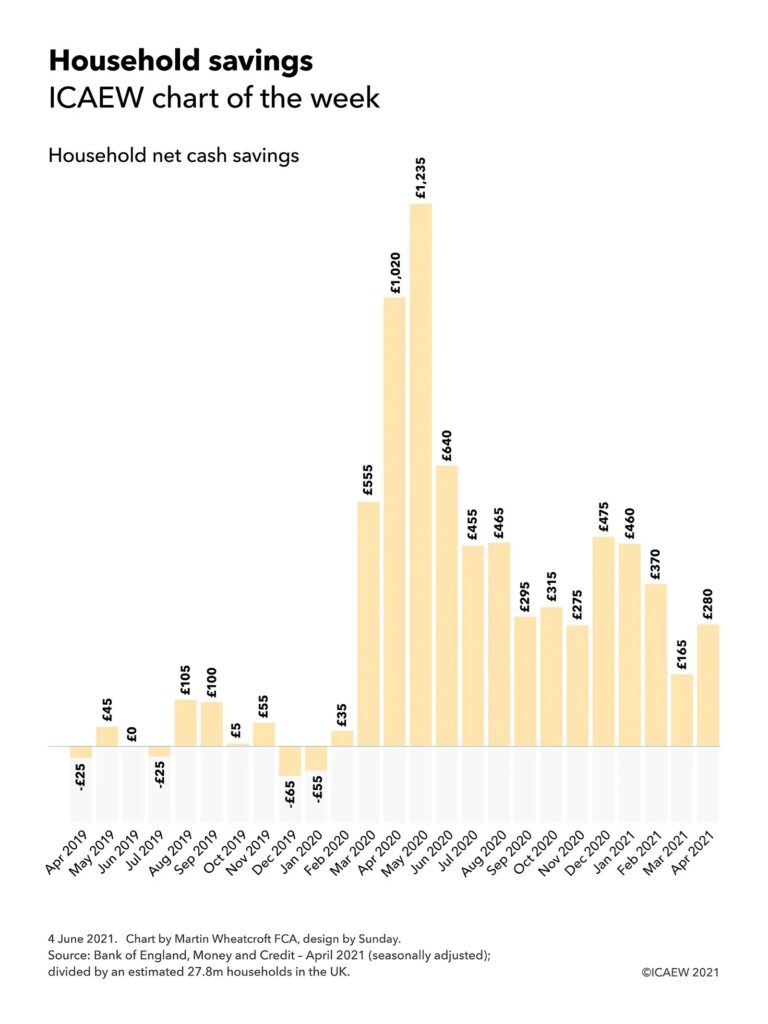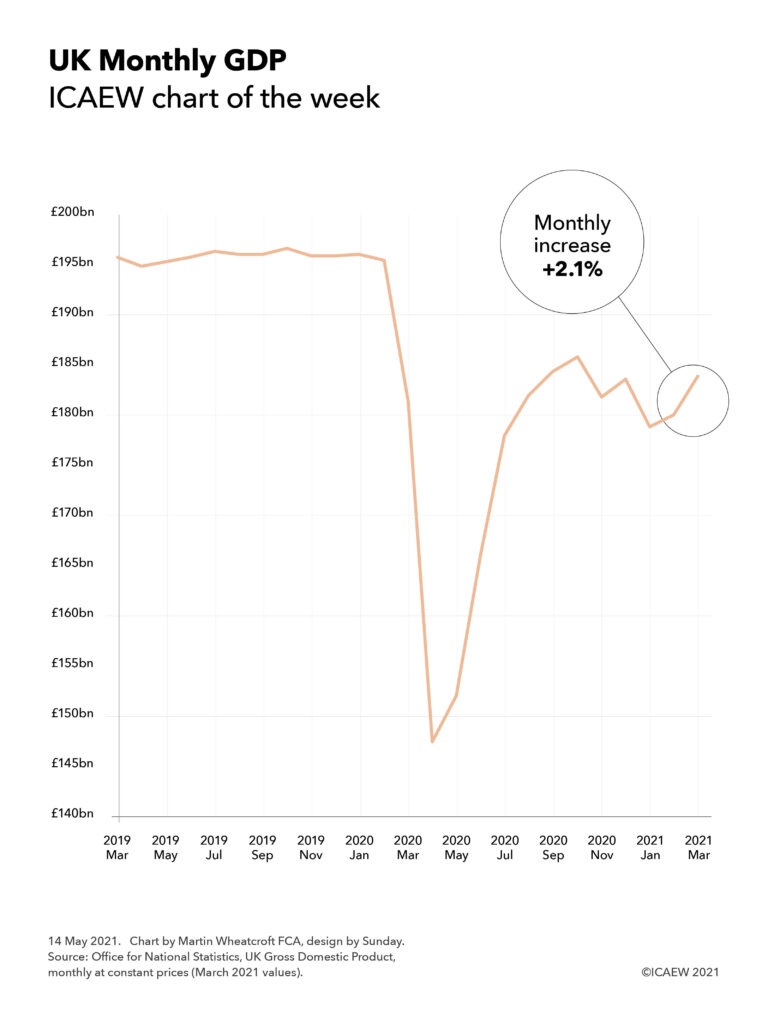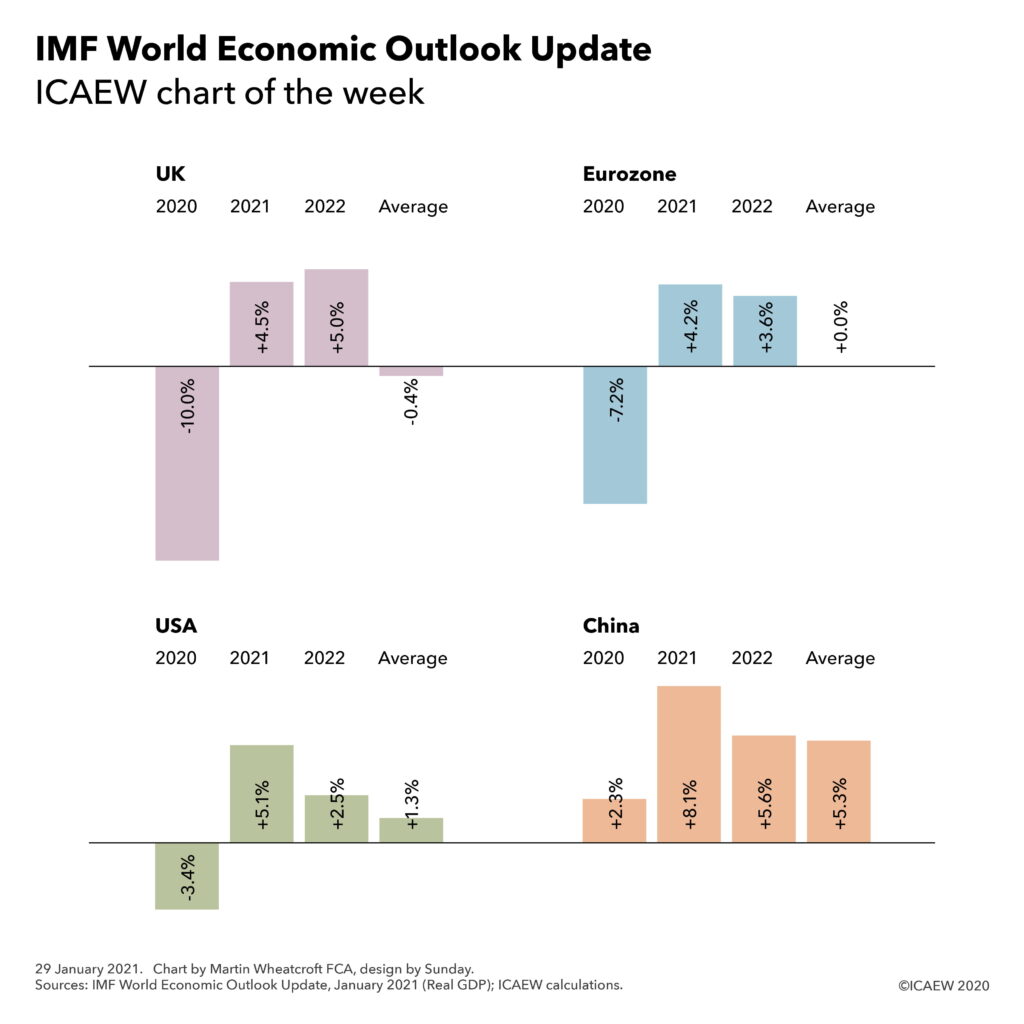My chart for ICAEW this week looks at how the OBR is forecasting growth in economic activity per person of 1.1% a year between 2024 and 2030. While better than the average of 0.3% a year achieved over the past 16 years, it is significantly lower than the 2.3% a year seen in the 50 years before that.
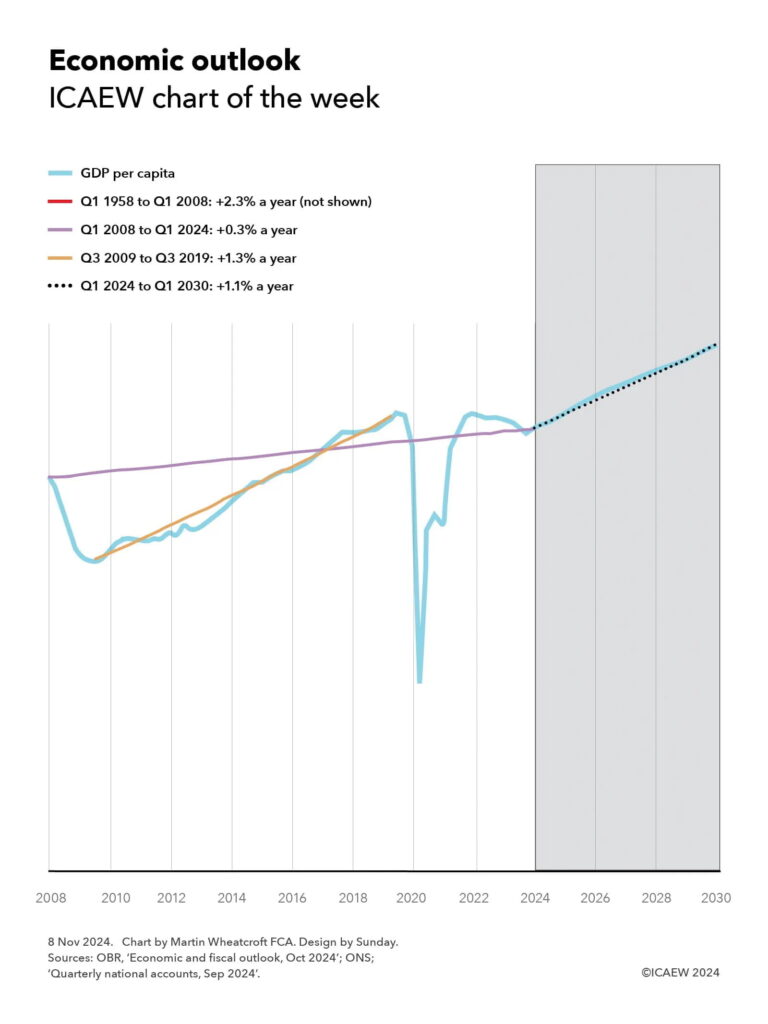
My chart of the week is on the economic projections calculated by the Office for Budget Responsibility (OBR) in its October 2024 economic and fiscal outlook that accompanied the Autumn Budget 2024.
This assumption is a key driver for the OBR’s fiscal projections for tax receipts between now and March 2030, and hence how much the government will need to borrow to finance the current deficit and its investment plans.
The chart starts in March 2008 at the height of the financial crisis, illustrating how economic activity per person after adjusting for inflation fell significantly until September 2009. Real GDP per capita then grew at an average rate of 1.3% a year until September 2019, before the rollercoaster ride that saw the economy collapse during the pandemic, recover and then slide back during the energy crisis. A small uptick in the first quarter of 2024 is hardly noticeable.
The result was that real GDP per capita was only 4.4% higher in March 2024 than it was in March 2008, the equivalent of 0.3% a year on average over 16 years.
The OBR has been more optimistic for the current financial year up until March 2030, predicting per capita economic growth of 1.1% a year on average between the first quarter of 2024 and the first quarter of 2030.
This is of course much better than the 0.3% average increase over the past 16 years, but it is below the 1.3% growth in real GDP per capita during the ‘austerity years’ following the financial crisis and is substantially below the 2.3% average increase over the 50 years prior to the financial crisis.
From a ‘glass half empty’ perspective, this emphasises just how poorly the UK economy has performed since the financial crisis and the challenges the incoming government has in trying to improve productivity and economic output, even without the risk of an economic shock, events that appear to occur every decade or so.
However, those with a ‘glass half full’ temperament will be more cheerful. After all, there does appear to be substantial space for economic growth to improve from the OBR’s less-than-sparkling predictions, even without returning to the heady days of the pre-financial crisis long-term trend.
